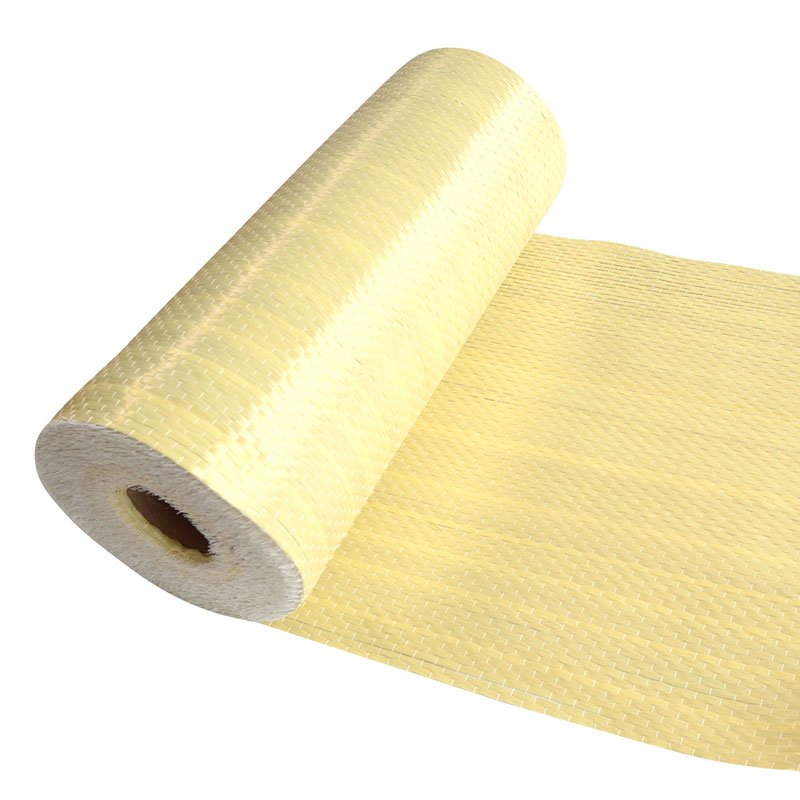Retrofitting is the modification of existing structures to make them more resistant to seismic activity, ground motion etc. Many of the existing reinforced concrete structures throughout the world are in urgent need of rehabilitation, repair or reconstruction because of deterioration due to various factors like corrosion, lack of detail, failure of bonding between beam-column joints etc. These can be addressed with. Fiber-reinforced polymer. It is a composite material made of a polymer matrix reinforced with fibers. They are being used to enhance the structural capacity of members in shear, flexure, compression, to aid in blast mitigation, upgrades for seismic loads and to control the propagation of existing cracks. They have a high ratio of strength to density, exceptional corrosion resistance and convenient electrical, magnetic and thermal properties.
FRP can be applied to strengthen the beams, columns, and slabs of buildings and bridges. It is possible to increase the strength of structural members even after they have been severely damaged due to loading conditions. In the case of damaged reinforced concrete members, this would first require the repair of the member by removing loose debris and filling in cavities and cracks with mortar or epoxy resin. Once the member is repaired, strengthening can be achieved through wet, hand lay-up of fiber sheets impregnated with epoxy resin, applied to the cleaned and prepared surfaces of the member. Slabs may be strengthened by applying FRP strips at their bottom (tension) face. This will result in better flexural performance since the tensile resistance of the slabs is supplemented by the tensile strength of FRP. In the case of beams and slabs, the effectiveness of FRP strengthening depends on the performance of the resin chosen for bonding. This is particularly an issue for shear strengthening using side bonding or U-wraps. Columns are typically wrapped with FRP around their perimeter, as with closed or complete wrapping. This not only results in higher shear resistance but is more crucial for column design, it results in increased compressive strength under axial loading. The FRP wrap works by restraining the lateral expansion of the column, which can similarly enhance confinement as spiral reinforcement does for the column core.
Advantages Fiber Reinforced Polymer (FRP)
- Faster installation time
- Lightweight material
- Resistance to corrosion & very little maintenance
- Cost savings
- Can be recycled.
- Design flexibility
- Durable;
- Resists the harsh effects of weathering, degradation, and aging in severe environments.
- Less maintenance.
Types of Fiber Reinforced Polymer (FRP)
Manufacturers use different types of fibers that offer varying properties, pros, and cons. In structural FRP applications, fibers are used in the continuous and unidirectional form as fibers provide ultimate performance when they are in a single direction. Three of the commonly used fibers are carbon, glass, and aramid. The selection of fibers depends on several factors such as budget constraints, availability, and required performance. Different types of Fiber Reinforced Polymer are discussed below.
Glass Fiber Reinforced Polymer (GFRP)
Glass fiber reinforced polymer also known as glass fiber reinforced plastic is a composite material weaving fiber E-glass and polyester material together. The polymer matrix is usually an epoxy, vinyl ester, or polyester thermosetting resin. The resin brings environmental and chemical resistance to the product, is the binder for the fibers in the structural laminate and defines the form of a GRP part. The glass fibers add strength to the composite. They may be randomly arranged, or conveniently oriented. Its benefits include low weight at high mechanical strength, resistance against chemicals and corrosion, UV radiation and temperature stability, and environmental friendliness.

Carbon Fiber Reinforced Polymer (CFRP)
A carbon-fiber-reinforced polymer (CFRP) refers to a type of durable and strong material that is composed of linked-chain carbon atoms in a matrix structure of polymer resin. These polymers are highly corrosion resistant. Carbon fiber reinforced polymers are composite materials that rely on the carbon fiber to provide strength and stiffness while the polymer provides a cohesive matrix to protect and hold the fibers together and provides some toughness. It is applied to enhance shear strength of reinforced concrete by wrapping fabrics or fibers around the section to be strengthened. Wrapping around sections (such as bridge or building columns) can also enhance the ductility of the section, greatly increasing the resistance to collapse under earthquake loading. Such ‘seismic retrofit’ is the major application in earthquake-prone areas, since it is much more economic than alternative methods.

Aramid Fiber Reinforced Polymer (AFRP)
Aramid Fiber Reinforced Polymer (AFRP) are used as internal reinforcement of concrete structures for years. Their main advantages over common reinforcing steel rebars rely on their lightness, durability performances, mechanical properties, and electromagnetic neutrality. For this application, interfacial properties between the rebars and surrounding concrete play a major role on the mechanical performances of the reinforced concrete structure. They have high strength, a high elastic modulus, and 40% lower density than glass fibers. The cost of aramid fibers is higher than glass and basalt fibers making them less common in structural applications. In addition, aramid fibers will absorb moisture so careful storage and planning of a project using aramid fibers is critical until the fibers have been impregnated with a polymer matrix.

Conclusion
Composite materials have grown in popularity because they offer both the performance of conventional building materials with additional key benefits. For instance, fiber-reinforced polymer (FRP) composites, in particular, offer an optimal strength-to-weight ratio alongside superior durability, corrosion resistance, and affordability. The major driver for market growth is the rise in demand for electrical and electronic, wind energy, and pipe and tank applications due to an increase in the number of government projects like smart cities development, eco-friendly energy generation, sewage treatment system, retrofitting of water and sewage pipelines. The composites industry, also known as the fiber-reinforced plastics (FRP) industry, expects the government’s ‘Make in India’ initiatives also to give a big impetus to future growth.


